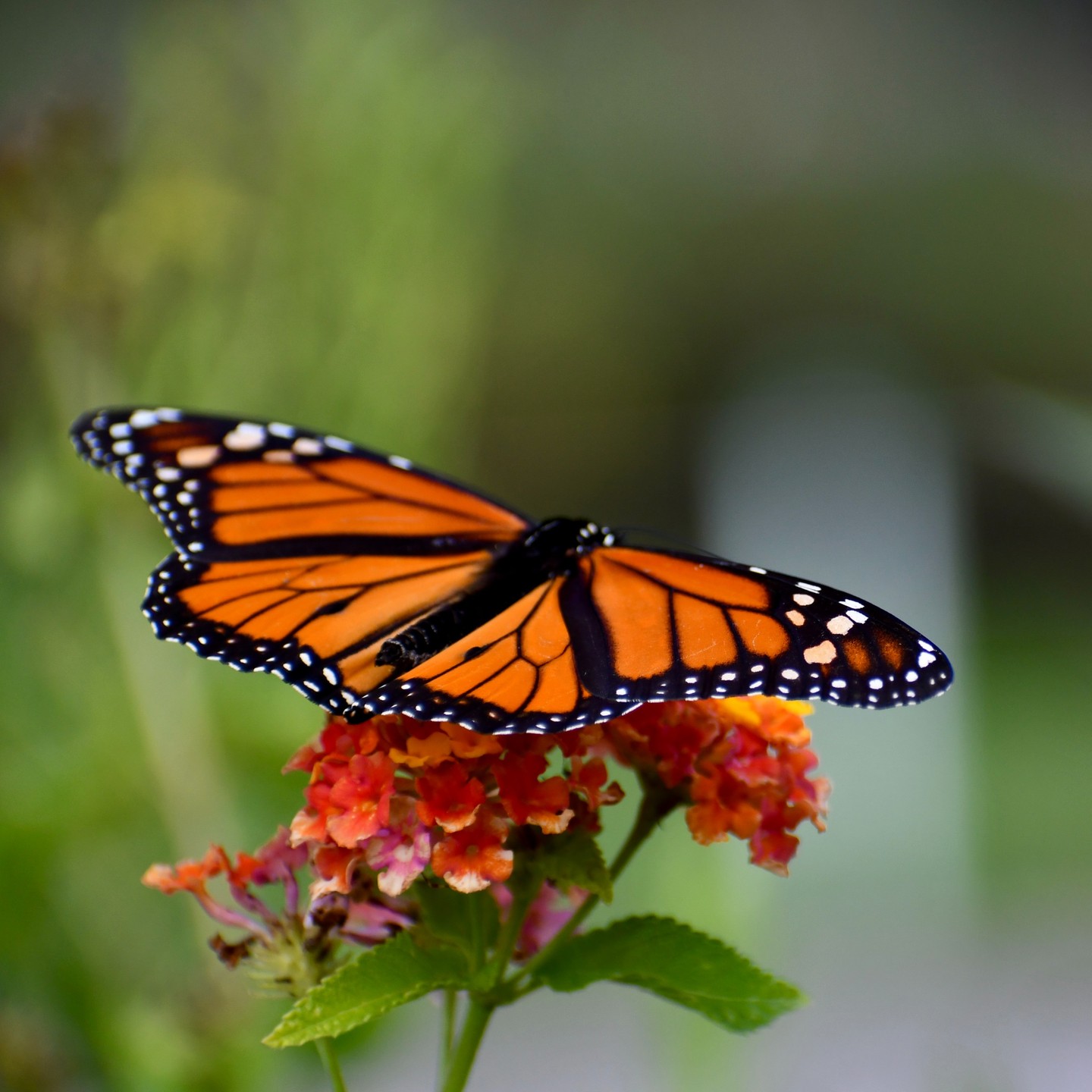- Monarch butterflies’ incredible migration journey
- Essential resources for migrating monarchs
- The role of milkweed and nectar plants
- The Association of Zoos and Aquariums (AZA) SAFE program
- How individuals can support monarch migration
Every spring, as temperatures start to rise and daylight extends, an extraordinary event unfolds across North America. Monarch butterflies embark on one of nature’s most captivating migrations. This journey covers up to 3,000 miles from their overwintering sites in Mexico to the northern reaches of the United States and Canada. This extensive trip serves a crucial purpose—traversing vast landscapes to reach prime breeding grounds for the summer.
The migration of these butterflies is more than just a testament to their resilience. It’s a complex mechanism of survival intricately tied to environmental cues. Monarchs rely on day length and temperature changes to signal their migration, making their timing crucial for survival. Without this instinctive precision, monarchs would struggle to find suitable habitats and food sources along their journey.
Essential resources are critical for the success of the monarchs’ migration. As they travel, adult butterflies need fuel in the form of nectar from flowers. On the other hand, their caterpillars depend exclusively on milkweed plants for nourishment. This dependency on specific flora highlights the delicate balance monarchs maintain with their habitat. A decline in these resources can spell disaster for their migration.
Milkweed is vital to the monarch life cycle, serving as the sole food source for their caterpillars. Unfortunately, widespread agricultural practices and urbanization have led to a significant reduction in milkweed availability. Although different species of milkweed exist, each region harbors unique types best suited to local environmental conditions. The availability of native milkweed ensures that monarchs have reliable sustenance to boost their chances of successful reproduction.
Nectar plants also play an indispensable role in monarch migration. Adult butterflies require energy from nectar to fuel their long journey. Early-blooming flowers provide the much-needed nourishment to monarchs arriving from Mexico. Furthermore, these plants attract diverse pollinators, creating a supportive ecosystem for various species.
Efforts to support monarch butterflies extend beyond individual initiatives. The Association of Zoos and Aquariums (AZA) has pioneered the SAFE (Saving Animals From Extinction) North American Monarch program. This program unites zoos and aquariums across the continent to safeguard the future of monarchs through research, education, and community involvement. The SAFE program emphasizes restoring habitats, promoting the planting of native flora, and educating the public about monarch conservation.
While organizations like the AZA take large-scale action, individual efforts can also make a significant impact. Everyone can contribute to monarch conservation by adopting simple practices such as planting early-blooming flowers and native milkweed in their gardens. These plants offer critical stopover points for migrating monarchs, providing them with necessary resources for their journey.
The plight of the monarch butterfly underscores a broader narrative of environmental stewardship and biodiversity conservation. With more habitats disappearing, collaborative action is more crucial than ever to protect this species. Through the concerted efforts of organizations, communities, and individuals, it is possible to create a supportive environment to help monarch butterflies thrive during their spring migration and beyond. By participating in these efforts, we play a part in preserving a natural spectacle that enriches our world and ensures the marvel of monarch migration continues for generations to come.
As spring unfolds, let us recognize the inspiring migration of the monarch butterfly and the importance of proactive conservation. By planting and nurturing the right plants, and supporting conservation programs like AZA’s SAFE, we not only contribute to the survival of monarchs but also foster a deeper connection to the natural world. Such efforts are integral in sustaining biodiversity and securing a future where monarchs continue to grace our skies.
*****
Source Description
Spring is upon us and so is monarch butterfly migration! 🦋 Monarch butterflies migrate up to 3,000 miles from their overwintering habitats in Mexico to the northern United States and Canada for summer breeding season?! 💨
Migrating adult butterflies require fuel in the form of nectar from flowers, while their caterpillars exclusively feed on milkweed plants. 🐛 As a proud partner in the Association of Zoos and Aquariums’ (AZA) Saving Animals From Extinction (SAFE) North American Monarch program, we are asking for YOUR help in creating a to help these butterflies migrate safely. 🌻
Can you Play it SAFE this spring and summer for monarch butterflies by planting early-blooming flowers and native milkweed to feed them on their journey? 🧡


